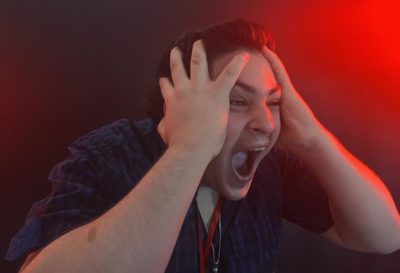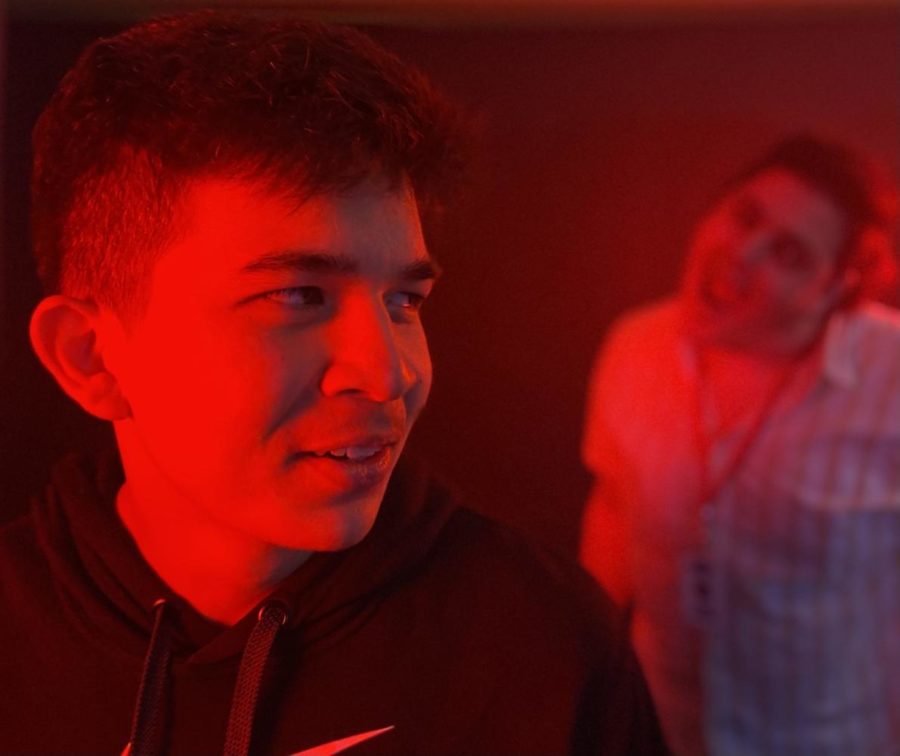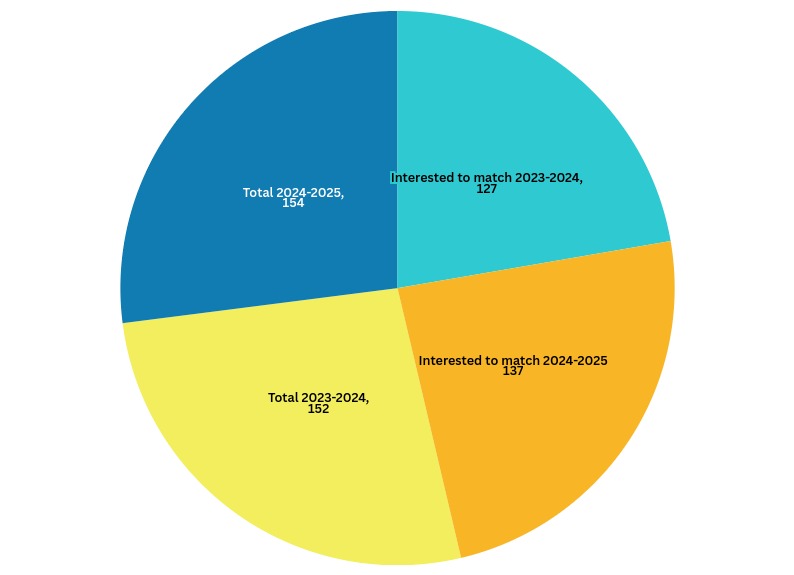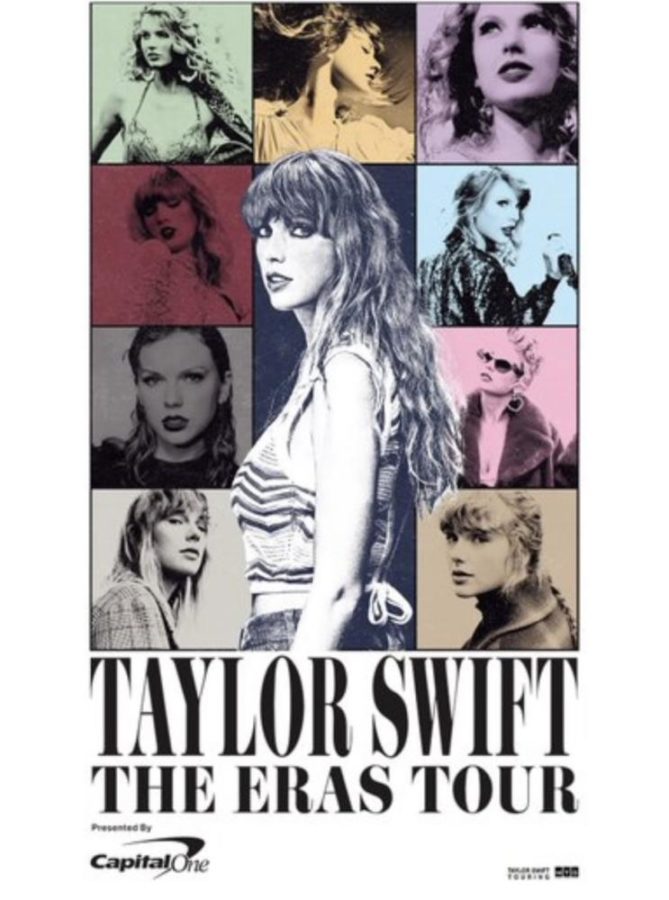Slashers, psychological manipulation, gore, and paranormal films have perpetually altered our generation’s definition of horror: not only in concept but as a social phenomenon. This genre has impacted more than just popular culture; it has unequivocally changed its audiences on a subliminal level.
“When I watched Blood Sucking Freaks, I was genuinely unnerved and disturbed,” said a Klein Cain senior.
Blood Sucking Freaks is part of a “highly underrated subgenre” of horror: satire. Despite their humoring effigy, satires present an uncanny shock factor juxtaposing their lighthearted presentation.
“I felt so dumb; I watched it seriously and felt scared, but the concept of the whole movie is pretty messed up,” reiterated the senior.
Similarly, iconic slashers and meta films have redefined the modern perspective of horror.
“My favorite movie series is the Scream franchise; no matter how many movies they make, I’ll watch all of them,” said junior Bri Hawkins.

Scream, a soon-to-be six-film franchise, derives its popularity from a self-aware perspective of horror. Unlike other slasher counterparts, Scream is defined by its iconic “rules of surviving a horror movie” in which the film outlines the stipulations victims must meet to be killed in most other franchises. This concept has inspired countless films to develop self-aware realism; The Human Centipede, Creep, Fear Street, and others all derive from metaverses, in which they are aware of previous films within the franchise itself.
“I enjoy that meta films keep the tradition of the original killer and implement it to a modern version to fit the time,” said Destiny Rodriguez.
People are sick of the monotonous stupidity of characters; shouting at the screen “don’t go in there!!” is a chore for audiences, who would much rather involve themselves in psychological films, engrossed in both cinematographic and authorial beauty.
Consider Midsommar: a film that manipulates the viewers’ emotions through grotesque imagery and verisimilar acting to empathize with a murderous cult. Or Saw, in which the moral quorum of self-worth is interwoven with horrific depictions of torment. These films engross the viewer; by altering audiences’ perspective, horror films insert this terror into the individual.
With this additional depth to renowned and beloved franchises, fans’ adoration is reinvigorated. By engaging their viewers in a modernly relevant universe, screenplay writers have developed a whole new concept of what horror is. It gets into your head. It alters your worldview. It scares you! And now, viewers can be horrified by how realistic films get.








